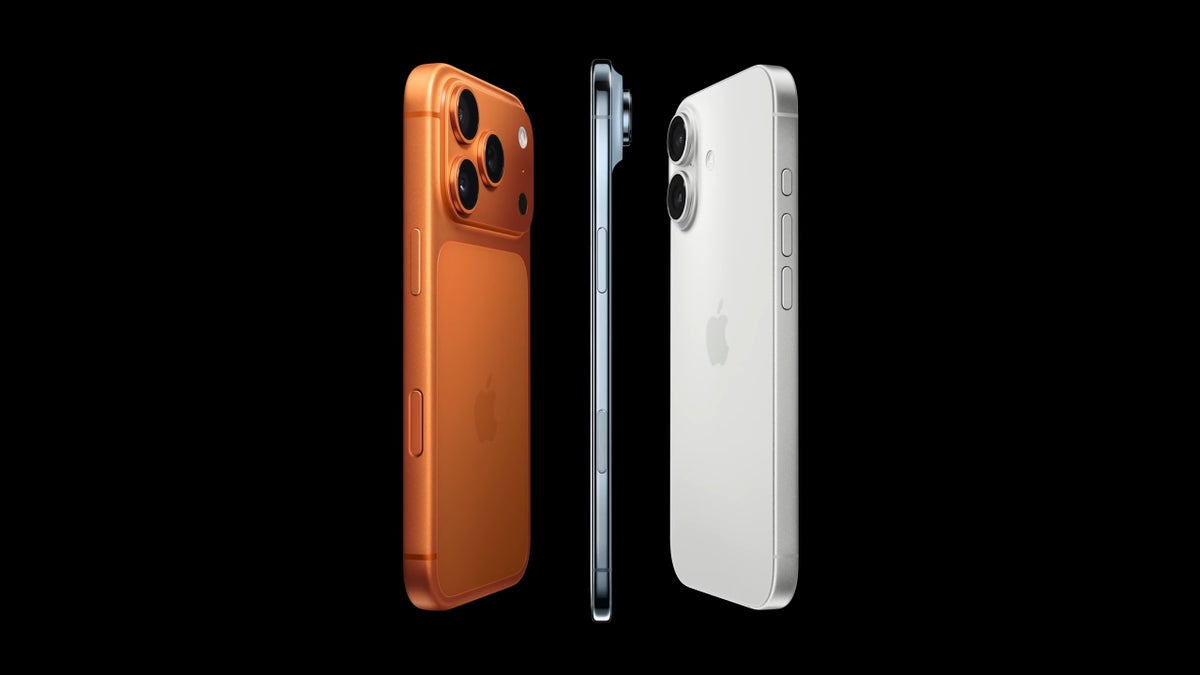Apple has introduced a new iPhone model priced at $2,000, marking one of the most expensive consumer smartphones ever released. This launch has sparked conversations about technology, consumer trends, and the growing appetite for premium devices, as well as concerns about affordability in an already competitive market.
The tech giant’s newest iPhone represents the latest iteration of its flagship series, incorporating advanced features, cutting-edge hardware, and enhanced software capabilities. From improved cameras to faster processors and enhanced display technology, Apple has positioned this device as a premium option for users who prioritize performance, innovation, and design. While the price tag has raised eyebrows, the company argues that the enhancements justify the cost for those seeking the ultimate smartphone experience.
Characteristics and advancements influencing the cost
The $2,000 iPhone offers numerous technological enhancements that set it apart from earlier versions. These improvements include cutting-edge camera systems that enable professional-quality photography and videography, high-resolution screens with enhanced brightness and color precision, and processors built to effortlessly manage intensive applications. Moreover, Apple has incorporated innovative software features that enhance user experience, security, and connectivity, affirming the device’s reputation as a top-tier product.
Battery life and charging speed have also been optimized, catering to users who rely heavily on their smartphones for work, media, and communication. The inclusion of enhanced materials, such as aerospace-grade alloys and ceramic shields, further contributes to the elevated cost. These innovations reflect Apple’s ongoing strategy of combining functionality, durability, and aesthetic appeal in a device that serves both practical and aspirational purposes.
Reactions of the market and consumer factors
Reactions to the launch have been mixed. Some consumers see the new iPhone as a status symbol, a tool that not only provides high performance but also signals sophistication and technological literacy. Others question whether the benefits justify the price, particularly when alternative devices offer many similar features at significantly lower costs. Market analysts suggest that Apple is targeting a specific segment of the consumer base—those willing to pay a premium for the latest technology and brand recognition.
The introduction of a $2,000 mobile phone also prompts discussions about affordability and customer purchasing behaviors. For numerous individuals, buying such an expensive gadget signifies a major financial commitment, possibly necessitating installment payments or exchanging older devices. Nonetheless, Apple has consistently achieved high sales in its luxury segment, indicating that interest persists even during economic instability and competitive challenges.
Broader implications for the smartphone industry
Apple’s approach to setting prices mirrors larger patterns within the smartphone sector, where advancements frequently come with increased expenses. Rivals might react by launching their own upscale versions, featuring enhanced attributes to lure high-end consumers. Meanwhile, devices in the mid-range and affordable categories still capture the bulk of the market, focusing on value and accessibility rather than luxury and the latest technology.
This divergence in market strategy illustrates the challenges companies face in balancing innovation, affordability, and consumer expectations. While premium devices like the $2,000 iPhone showcase the possibilities of modern technology, they also highlight issues of inequality in access and the growing gap between high-end and mainstream smartphone users. Analysts note that these trends may influence future design choices, pricing structures, and marketing approaches across the industry.
Advice for buyers and factors to consider when making purchases
For individuals considering a purchase, assessing the necessity of an upscale gadget is crucial. Although the latest iPhone provides high-end performance and features, not every customer needs the full potential of the priciest version. Elements like storage size, camera performance, and processor speed should be balanced against personal usage habits and financial limitations. Apple provides several financing plans and trade-in opportunities to make the device more attainable, yet buyers are advised to thoroughly determine if the expenditure matches their requirements and priorities.
Furthermore, options available in Apple’s range or from different brands can offer a compromise between high performance and cost-effectiveness. By evaluating specifications, costs, and customer reviews, shoppers can make well-informed choices that optimize their investment without sacrificing key features. Keeping up with software upgrades and upcoming product launches can also assist consumers in predicting future offerings and deciding if delaying for a newer version might be more beneficial.
Looking ahead: the evolution of premium smartphones
The introduction of a $2,000 iPhone underscores the evolving landscape of smartphones, where technology continues to push boundaries and redefine consumer expectations. As devices become more capable, the cost of innovation rises, and companies like Apple must balance the desire to lead technologically with market realities. Future trends may include further integration of artificial intelligence, augmented reality, and other emerging technologies, each potentially influencing price points and consumer demand.
The launch of this top-tier iPhone underscores both the possibilities and the obstacles within today’s consumer electronics. For tech lovers, it symbolizes the forefront of innovation. For the general audience, it acts as a reminder of the expanding luxury segment in the marketplace and the importance of evaluating attributes, usability, and price before committing to major buys. Whether this device will establish a new standard for the sector or stay as a specialized item is yet to be determined, but its introduction surely attracts interest and influences the dialogue about the future of smartphones.



:max_bytes(150000):strip_icc()/GettyImages-22099526461-695f119f7b254a52aee8839ff8d99daf.jpg)
